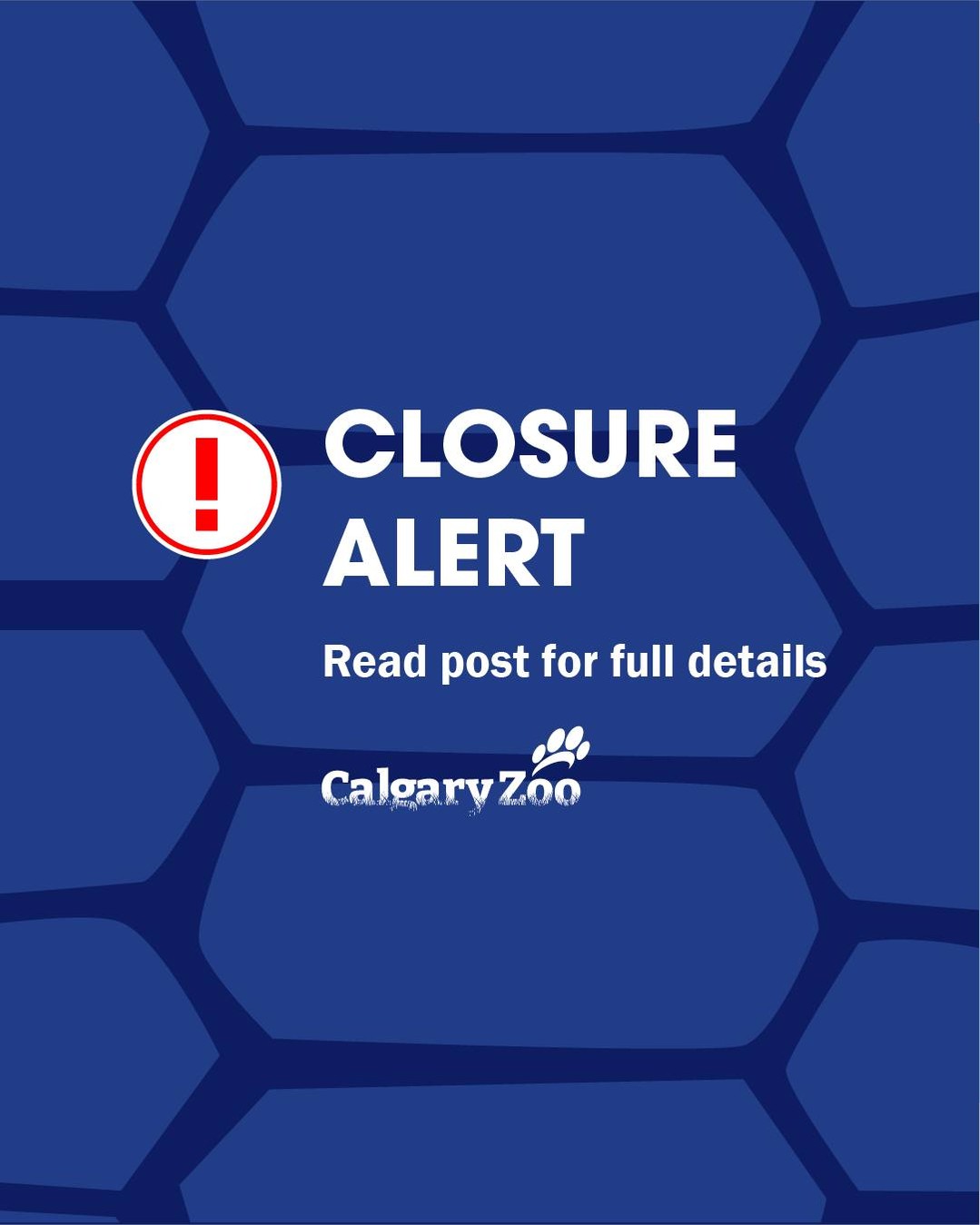- Overview of Animal Viewing Impact Alert and its significance in zoo management and wildlife conservation.
- Detailed description of the polar bear habitat maintenance and its importance for animal welfare.
- Insights into the biology and natural behavior of polar bears, particularly focusing on ‘Siku.’
- Discussion on public education and engagement strategies during habitat maintenance periods.
- Broader implications for zoo practices in enhancing animal well-being and visitor experience.
Animal viewing impact alerts serve as vital communications within zoos, reflecting a commitment to optimal animal welfare and visitor awareness. These alerts notify the public about changes in the availability of animals on display, such as the case of ‘Siku,’ the polar bear, who won’t be visible in his main habitat due to scheduled maintenance from April 28th to May 2nd. Such updates underscore the importance of creating environments that cater to both the physical and psychological needs of animals. This article delves deeply into the operations behind such alerts, from habitat maintenance to public engagement, offering insights into the execution of zoo management protocols.
Maintenance of animal habitats in zoological settings is a crucial undertaking. For polar bears, whose natural environments range across vast Arctic regions, even the most advanced enclosures cannot fully replicate their native habitat. However, zoos strive to provide safe, enriched spaces where bears like ‘Siku’ can engage in behaviors essential to their well-being. Regular upkeep ensures that the habitat meets the highest standards, incorporating updates in infrastructure and enriching the physical environment with elements that stimulate mental and physical activities. These enhancements might include new climbing structures, swimming areas, or vegetation adjustments.
The decision to limit public viewing during maintenance works is a testament to prioritizing animal welfare over visitor access. While it might cause temporary disappointment for zoo-goers, these measures are fundamental for the animals’ long-term health and happiness. Visitors can still observe Siku through alternative viewpoints, such as the outdoor courtyard visible from the amphitheater window, ensuring an opportunity for engagement without disrupting the maintenance process.
Turning our attention to the biology and behaviors of polar bears offers essential context for understanding their needs in a zoo setting. Polar bears, like Siku, are fascinating creatures adapted to life in extreme cold. Their thick fur, layer of blubber, and wide paws for swimming are all evolutionary traits suited for Arctic survival. In zoos, it is crucial to provide climates and stimuli that mimic these conditions. For instance, temperature control systems and pools for swimming help simulate their natural habitat, reducing stress and promoting normal behavioral patterns.
Animal viewing impact alerts, while initially logistical announcements, hold potential for meaningful public engagement and education. By understanding why periods like April 28th to May 2nd might limit access to animals, visitors can gain insight into the nuanced requirements of zoo operations and conservation efforts. Educational signage and programs can convey the importance of such maintenance, highlighting the zoo’s role in conservation and the challenges of caring for Arctic species. This not only enriches the visitor experience but also fosters a connection to wildlife conservation initiatives.
Beyond individual alerts, such practices reflect broader trends in zoo management toward enhancing both animal welfare and visitor experience. Modern zoos play a critical role in conservation, public education, and scientific research. Continuous improvements to habitats, informed by the latest scientific understanding of animal behavior and needs, are essential to these goals. By promoting transparency through viewing alerts, zoos encourage informed visitors who appreciate the complexities involved in maintaining dynamic living exhibits.
Overall, the temporary relocation of a polar bear like Siku due to habitat maintenance is a window into the multifaceted operations of modern zoos. It underscores an unwavering commitment to animal care, the importance of public education, and the evolving standards of zoological institutions in their dual mission of conservation and engagement. The emphasis on animal welfare, even when it means restricting public viewing opportunities, marks a conscious effort to balance animal needs with educational objectives, ensuring a sustainable and informed approach to wildlife stewardship.
*****
Source Description
Animal Viewing Impact Alert 📢 Polar bear ‘Siku’ will not be viewable in the main habitat from Monday, April 28th to Friday, May 2nd to accommodate habitat maintenance. However, you might still catch a glimpse of him in his outdoor courtyard—just take a look through the amphitheatre viewing window! Thank you for your understanding. 🐻❄️


